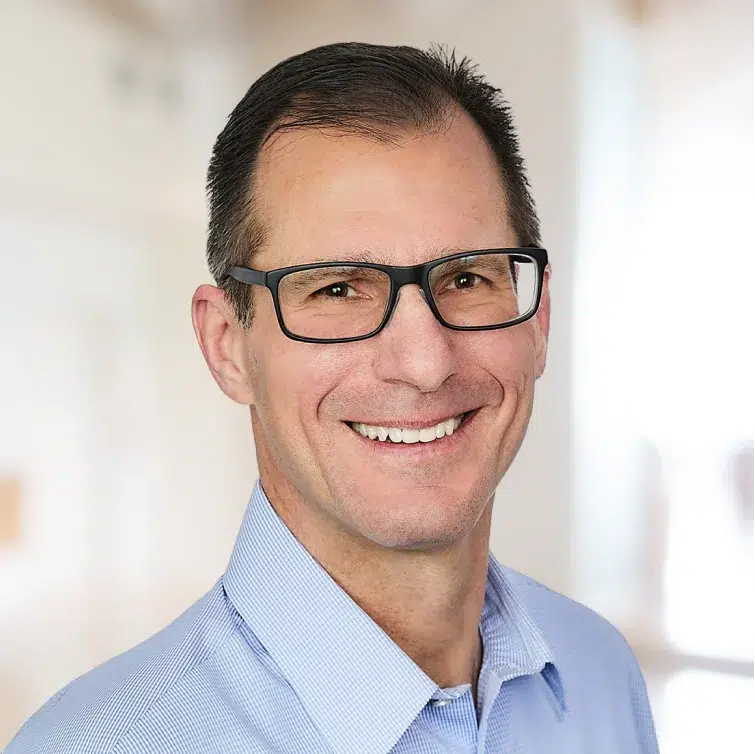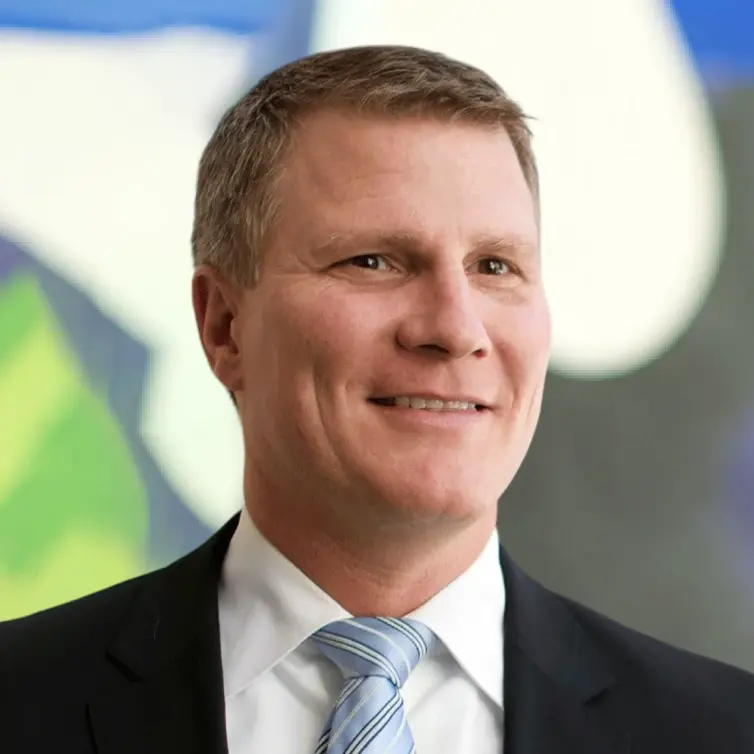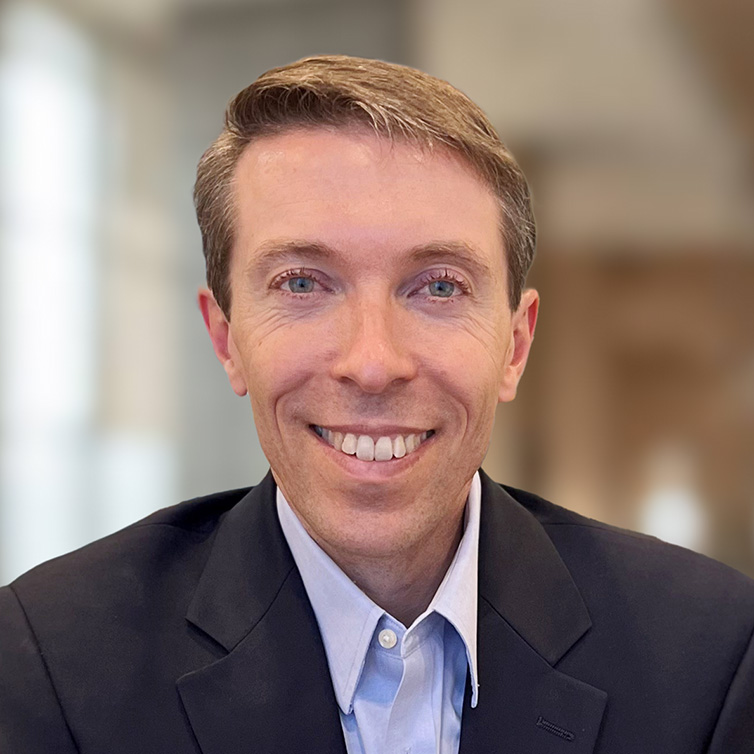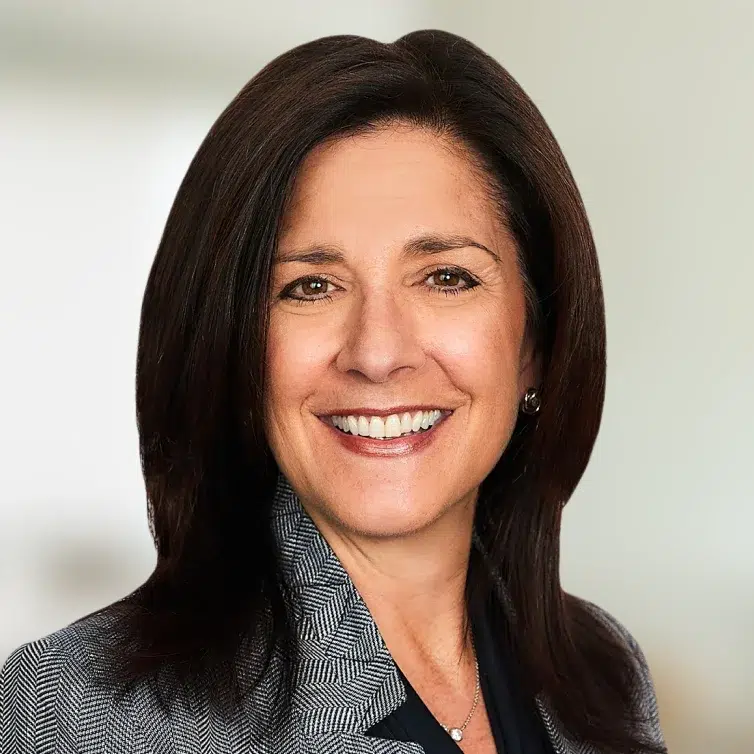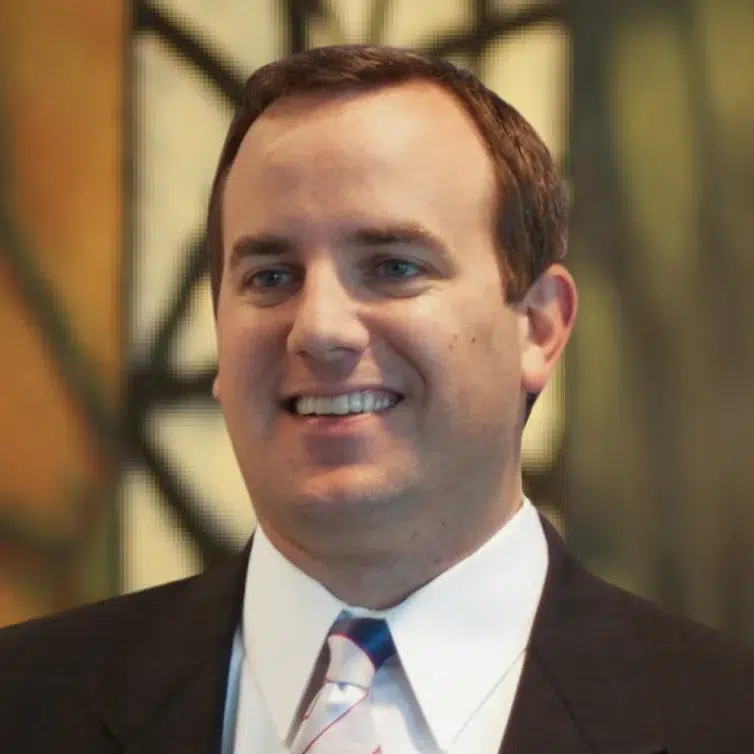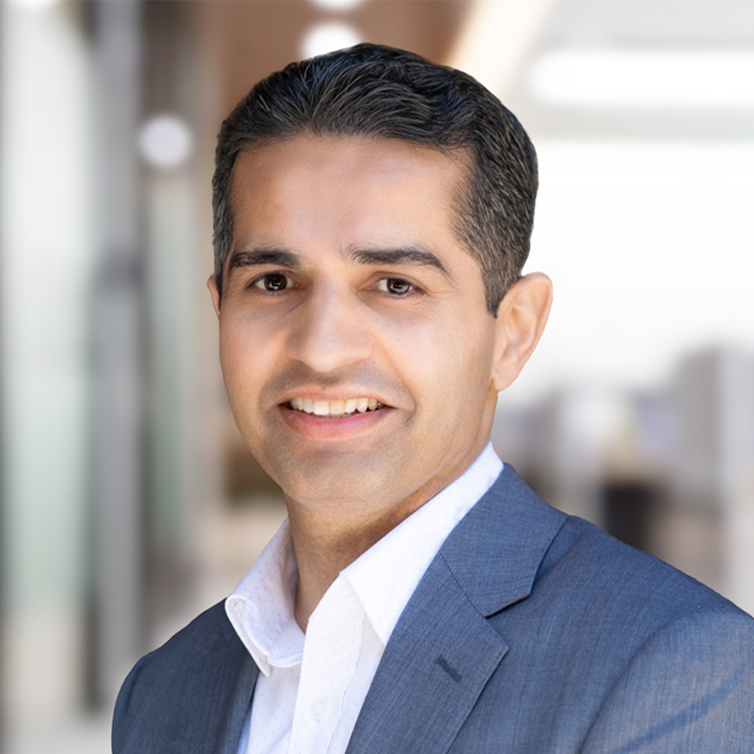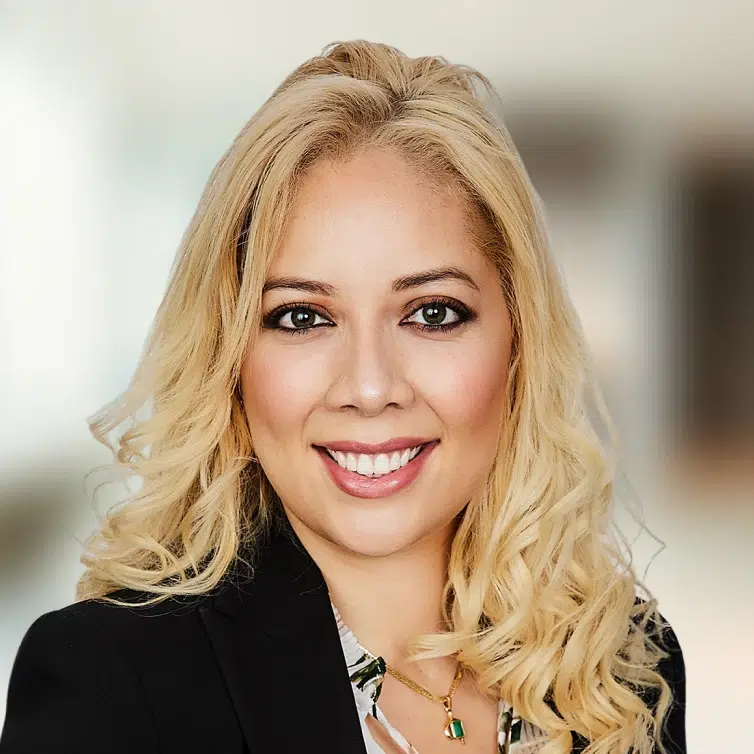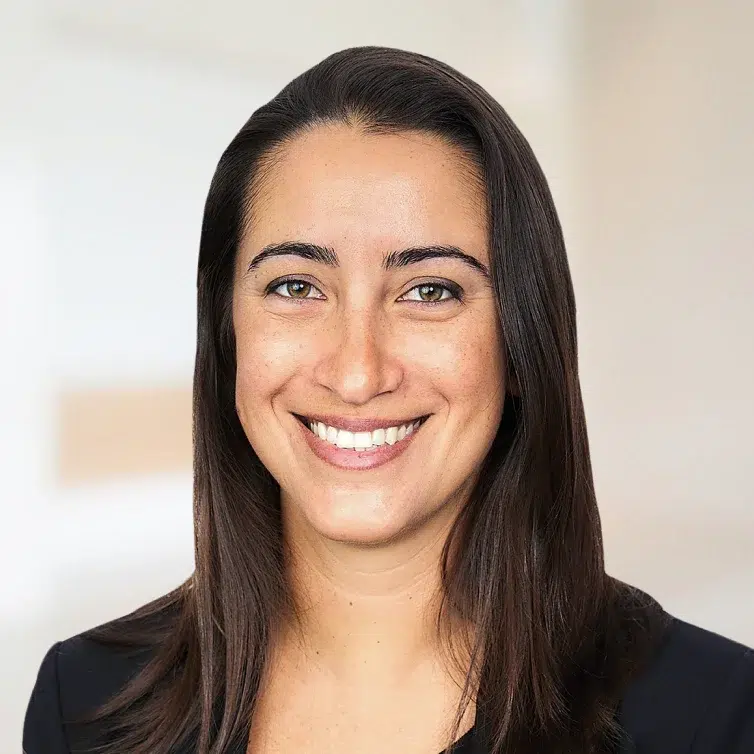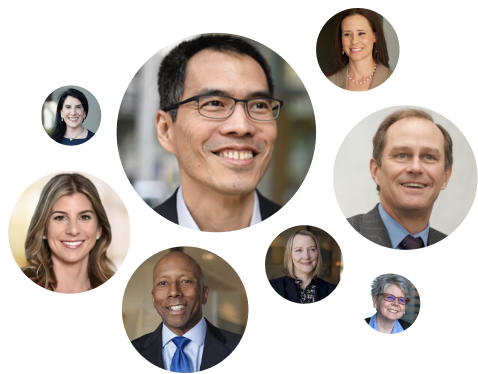
Maximizing the impact of your legacy doesn’t happen accidentally. It takes a lot of hard work. Think about those who left the greatest legacies. Many spent the majority of their lives sharing their values and beliefs with others, sometimes at the expense of other facets of their lives. While we believe in a balanced life, we also think your legacy needs a place at the table.
First and foremost, give your legacy the attention it deserves. It’s going to be how people remember you, or perhaps whether they’ll remember you, 20 years from now. Will your great-grandchildren know the measure of the man or woman you were and how you helped to make them into the people they are today? Or will you be just another name on a family tree turned in as part of a high school report? What do you want it to be?
Here are six steps to help you leave a long-lasting effect on what matters to you most.
1. Define it
What is the legacy you wish to leave? To get started, read my previous fathom article, “3 Questions to Define Your Legacy.” Then try to narrow the focus down to one firm mission statement that carries you through all your endeavors. The mission statement should articulate your goals or philosophies in a short paragraph. It should be broad enough to encompass all you wish to accomplish, yet narrow enough to hone in on the areas you wish to impact.
2. Share it
Don’t keep it a secret, be loud and proud. Let your family and friends know what you want your legacy to be. Tell them why you think the cause is important and why they should support you and your mission.
3. Live it
Leaving a meaningful legacy means living and breathing it every day. Your legacy is something you’re passionate about, and it should influence who you are and how you live your life daily.
4. Support it
The legacies we wish to leave must be supported. This support can come in several forms. The first is financial. For example, if you’re trying to help people live longer, healthier and more meaningful lives by being free of lung cancer, then monetary donations can support research, fund anti-smoking advertising campaigns and smoking cessation programs, and provide medical treatment for people living with the disease.
For those with the financial means, there are tools that can help facilitate the gifts to support your legacy and may also provide tax benefits. Some commonly used vehicles are donor advised funds, private foundations and charitable trusts.
- A donor advised fund is like a charitable checking account. These funds allow the grantor (or gift giver) the opportunity to suggest gifts from the account to qualified 501c (3) charities. However, the donor advised fund’s custodian is not obligated to follow the donor’s requests for distribution to charities from the fund.
- A private foundation on the other hand, enables the donor to maintain greater control over the distribution of funds. This control lasts as long as the foundation is in existence, which may outlast the life of the donor. A good example is the $4.1 billion Rockefeller Foundation, which was established in 1913 and is currently run by a 13-member board of trustees.
- Charitable trusts provide the advantage of delaying the completion of the gift, thereby enabling the donor to derive an “income” stream from the assets during the donor’s lifetime. This approach works well when the donor needs to use the assets to support their living expenses. Upon the grantor’s death, the charitable gift will then be completed with the funds given to a qualified public charity.
These strategies also offer advantageous tax breaks, which ultimately means more money available to support the endeavor. However, when tax savings are not a concern, or if a donor wishes to give to organizations that are not qualified public charities, then discuss alternative methods with your wealth advisor.
Giving your time is also very important, regardless of whether you have ample financial resources. There are so many ways to help and connect with people and impact their lives in a meaningful way:
- Lead — Serving on the board of directors of a non-profit or foundation, whether at a local, national or international level, can provide valuable insight to help further the organization’s mission and your legacy.
- Raise money — This can be done in a variety of ways, from signing up sponsors for a local charity race to organizing a fundraiser.
- Show up — Every organization needs the boots on the ground to help it run and grow. Those who lack the ability to make large financial donations can make significant contributions by spending time in the office or at activities.
- Advocate — Advocating for laws, rules or regulations can also have a major impact. For instance, asking for government funds for programs and research to treat lung cancer or pushing for regulations that ensure safety precautions for mine workers to reduce the incidents of black lung disease (cancer) can support your goal to help people live longer, healthier and more meaningful lives.
5. Grow it
Help others see the light and why they should support your mission. The most impactful legacies are left by those with a relentless drive to educate others about their values and beliefs. The passion you feel for your cause makes it easy for you to talk about it and encourage others to adopt it.
This is an opportunity to leverage your social network for good. In a networking model, each person attempts to bring on people to support the product, cause or organization. If you recruit 10 people, and those people each recruit 10 more, you’ll go from having one person supporting a cause to 111! This method of building organizations has proven to be successful for thousands of years.
6. Celebrate it
While this might also fall under Share it and Grow it, it’s worthwhile to set aside time to assess and celebrate the legacy you seek to leave. What better way to raise awareness than to bring people together, affirm the core values and beliefs of your legacy, share your goals and progress toward those goals, and recruit their assistance.
Doing this will hold you accountable for your legacy, helping you focus on what you’re trying to accomplish. It is also a great way to bring together the people you love and care about to support a good cause. The gathering should be fun and done in such a way that people look forward to it! Celebrations can occur with any frequency you desire, and while anything more than annually may be too frequent, there’s no reason you couldn’t celebrate every second, third or fifth year.
As with anything we feel strongly about, maximizing the impact of your legacy takes careful consideration, planning and effort. Simply by reading this article, you’re probably thinking deeper about the legacy you wish to leave. And by following these six action steps, you’ll be well on your way to achieving it.
(Watch Session 1 of our three-part webinar workshop, “Taking Your Philanthropy to the Next Level,” to learn more about how to find the mission in your philanthropy.)

 Talk to us
Talk to us 